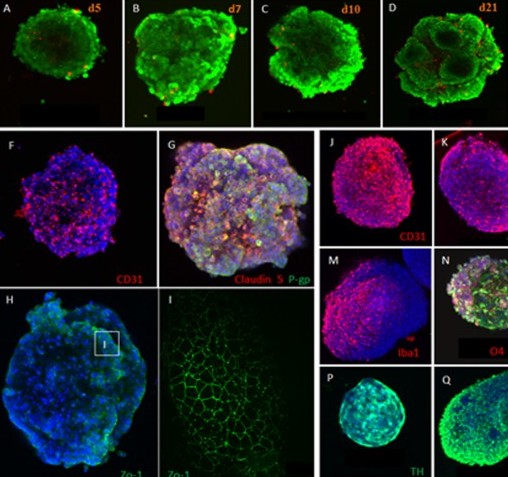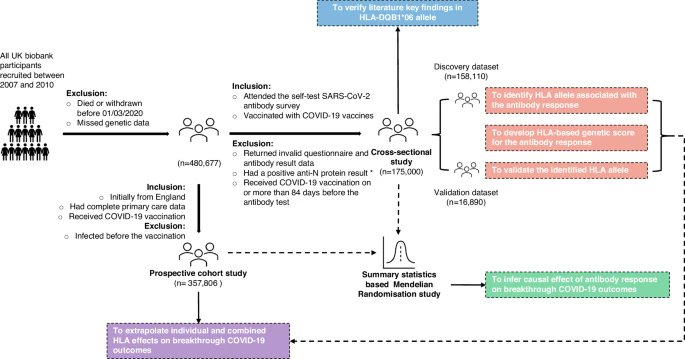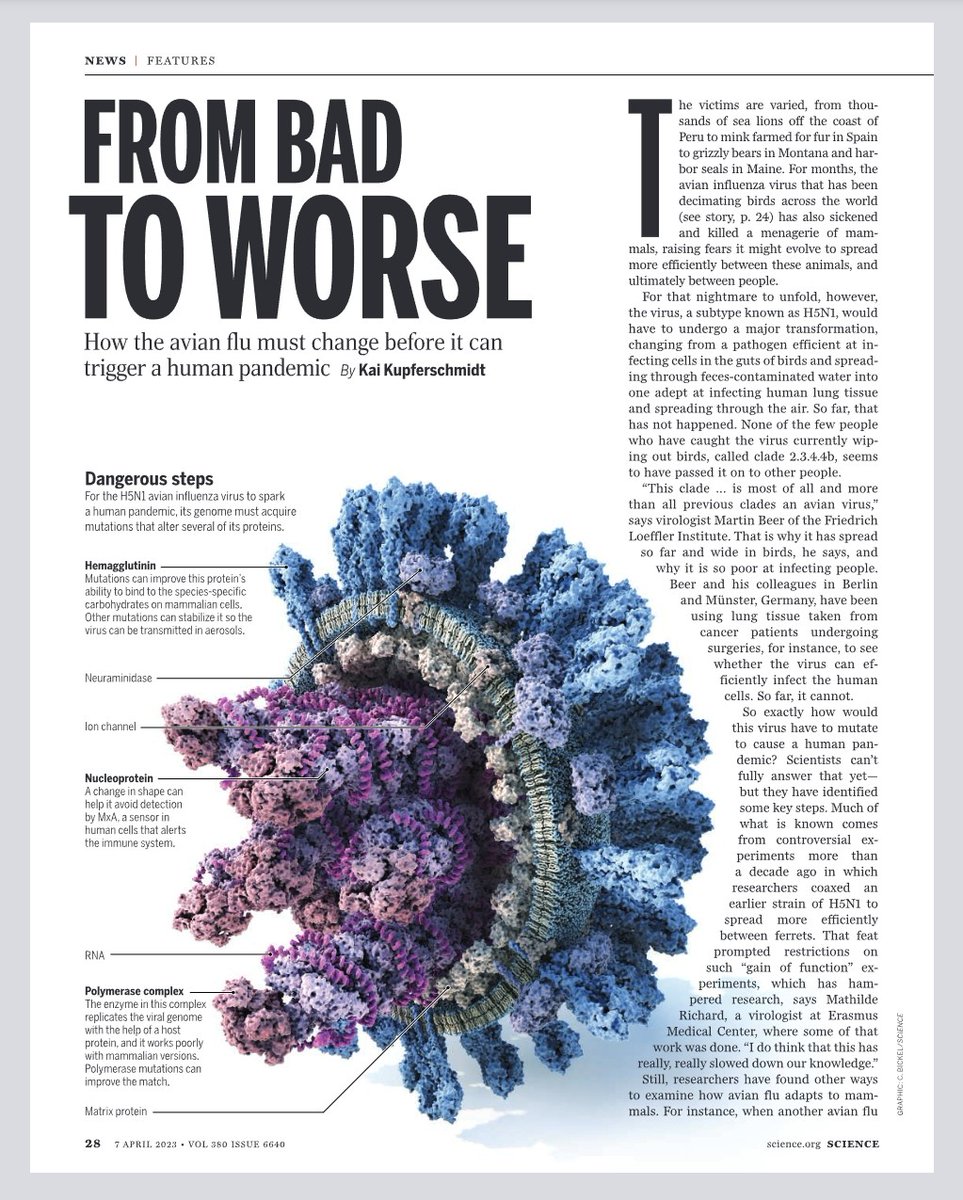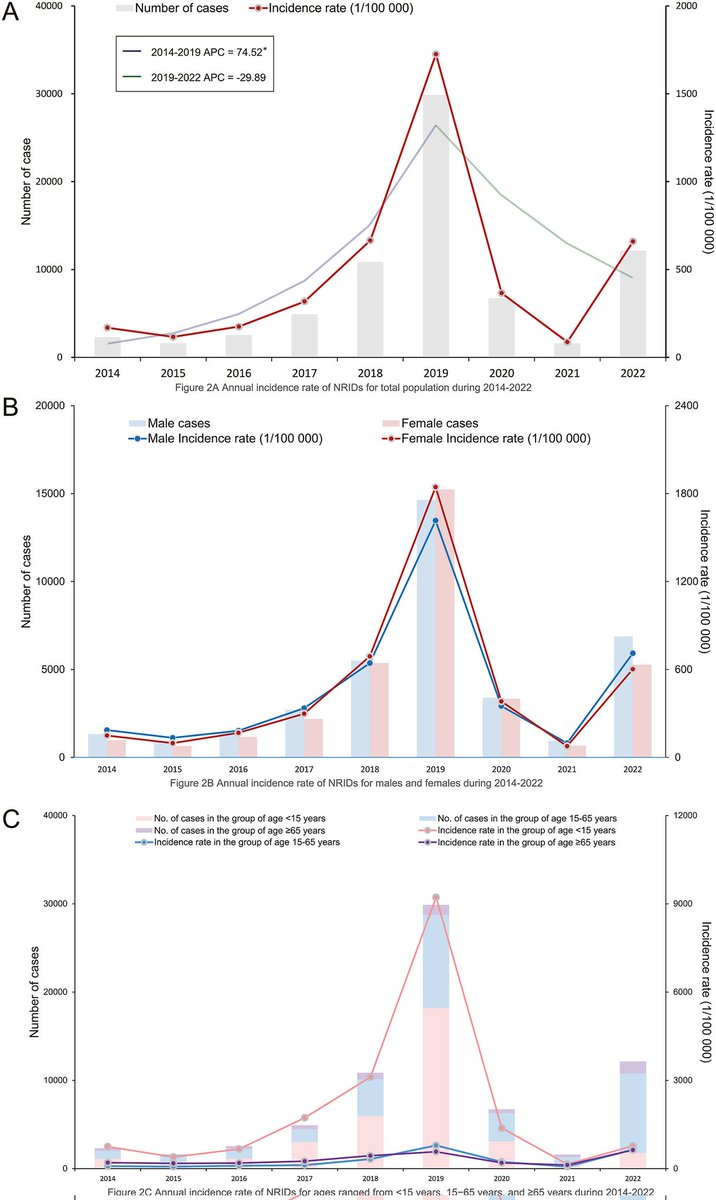𝗔𝗻𝘁𝗶𝘃𝗶𝗿𝗮𝗹, 𝗮𝗻𝘁𝗶-𝗶𝗻𝗳𝗹𝗮𝗺𝗺𝗮𝘁𝗼𝗿𝘆 𝗮𝗻𝗱 𝗮𝗻𝘁𝗶𝗼𝘅𝗶𝗱𝗮𝗻𝘁 𝗲𝗳𝗳𝗲𝗰𝘁𝘀 𝗼𝗳 𝗰𝘂𝗿𝗰𝘂𝗺𝗶𝗻 𝗮𝗻𝗱 𝗰𝘂𝗿𝗰𝘂𝗺𝗶𝗻𝗼𝗶𝗱𝘀 𝗶𝗻 𝗦𝗛-𝗦𝗬5𝗬 𝗰𝗲𝗹𝗹𝘀 𝗶𝗻𝗳𝗲𝗰𝘁𝗲𝗱 𝗯𝘆 𝗦𝗔𝗥𝗦-𝗖𝗼𝗩-2
nature.com/articles/s4159…

nature.com/articles/s4159…

2) What are SH-SY5Y cells ?
They are a commonly used cell line in scientific research, particularly in the field of neuroscience. These cells are derived from a human neuroblastoma, a type of cancer that forms in nerve tissue.
They are a commonly used cell line in scientific research, particularly in the field of neuroscience. These cells are derived from a human neuroblastoma, a type of cancer that forms in nerve tissue.

3) COVID-19 (caused by SARS-CoV-2 infection) can cause neurological symptoms and long-term effects like memory loss, anosmia, and brain inflammation. This is of particular concern.
4) Curcumin and curcuminoids (compounds from turmeric) have been shown to have anti-inflammatory, antioxidant, and neuroprotective properties. They may help mitigate the impact of COVID-19, especially in the central nervous system. 

5) The study looked at the effects of curcumin, turmeric extract (EXT), and two curcuminoids (Me08 and Me23) on a neuronal cell line (SH-SY5Y) infected with SARS-CoV-2.
Me23 reduced the expression of two proteases (TMPRSS2 and TMPRSS11D) involved in viral entry into cells.
Me23 reduced the expression of two proteases (TMPRSS2 and TMPRSS11D) involved in viral entry into cells.

6) Me23 increased expression of the antioxidant gene NRF2 and restored activity of the enzyme NQO1, indicating antioxidant effects.
Overexpressing the ACE2 receptor in the cells enhanced viral replication. Both Me08 and Me23 reduced viral load with antiviral effect.
Overexpressing the ACE2 receptor in the cells enhanced viral replication. Both Me08 and Me23 reduced viral load with antiviral effect.

7) The compounds reduced levels of inflammatory cytokines like IL-6, TNF-α, IL-17 that are elevated in COVID-19. Me08 specifically reduced INF-γ levels. 

8) In summary, Me23 in particular showed promising antiviral, antioxidant, and anti-inflammatory effects in neuronal cells infected with SARS-CoV-2, suggesting it may help mitigate COVID-19 impacts in the central nervous system.
Thanks for reading 🙏
Thanks for reading 🙏

• • •
Missing some Tweet in this thread? You can try to
force a refresh



















